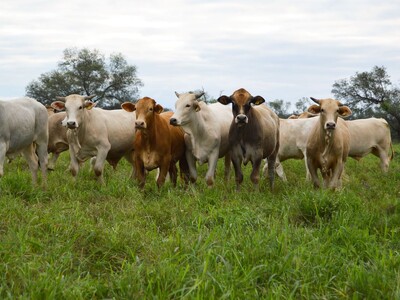Beetle eradication program
Over the years we have done so many stories on the devastating effect of bark beetles on our national forests, it might be fruitful to look at a 20-year partnership between the Oregon Department of Agriculture and a railroad tie plant in The Dalles.Traps for wood boring insects were first placed in 1997 in the vicinity of a railroad tie creosoting plant. Over the years, there have been spikes in the detection of some of these bad bugs, notably the granular ambrosia beetle. But the picture would be more alarming without the cooperation and assistance of the company operating the tie plant, says ODA entomologist Josh Vlach: "If we hadn't detected it and if the tie plant hadn't helped us with the Ambrosia beetles, I don't know if we could have done it on our own. The beetle would've escaped. We know it could have established and it would have spread into the cherry orchards, maybe causing issues there and eventually spread throughout Oregon."
The treatment plant, now operated by AmeriTies, has been a high risk location for the introduction of wood boring beetles since it imports raw ties from other regions of the US infested by some of these insects. That makes the threat ongoing, according to ODA entomologist Tom Valente: "These exotic wood boring beetles, we have several new species in the country since 1997. There will be new ones and the distribution of the ones that we've got is expanding. The potential for one of these species to become established here is pretty good."
VLACH says ODA has become expert when it comes to identifying wood boring insects and helps train other state and federal counterparts: "Puny little Oregon and our puny little lab has ended up being, at least in this little arena, this recognized force in bark beetle and wood borer identification."


















